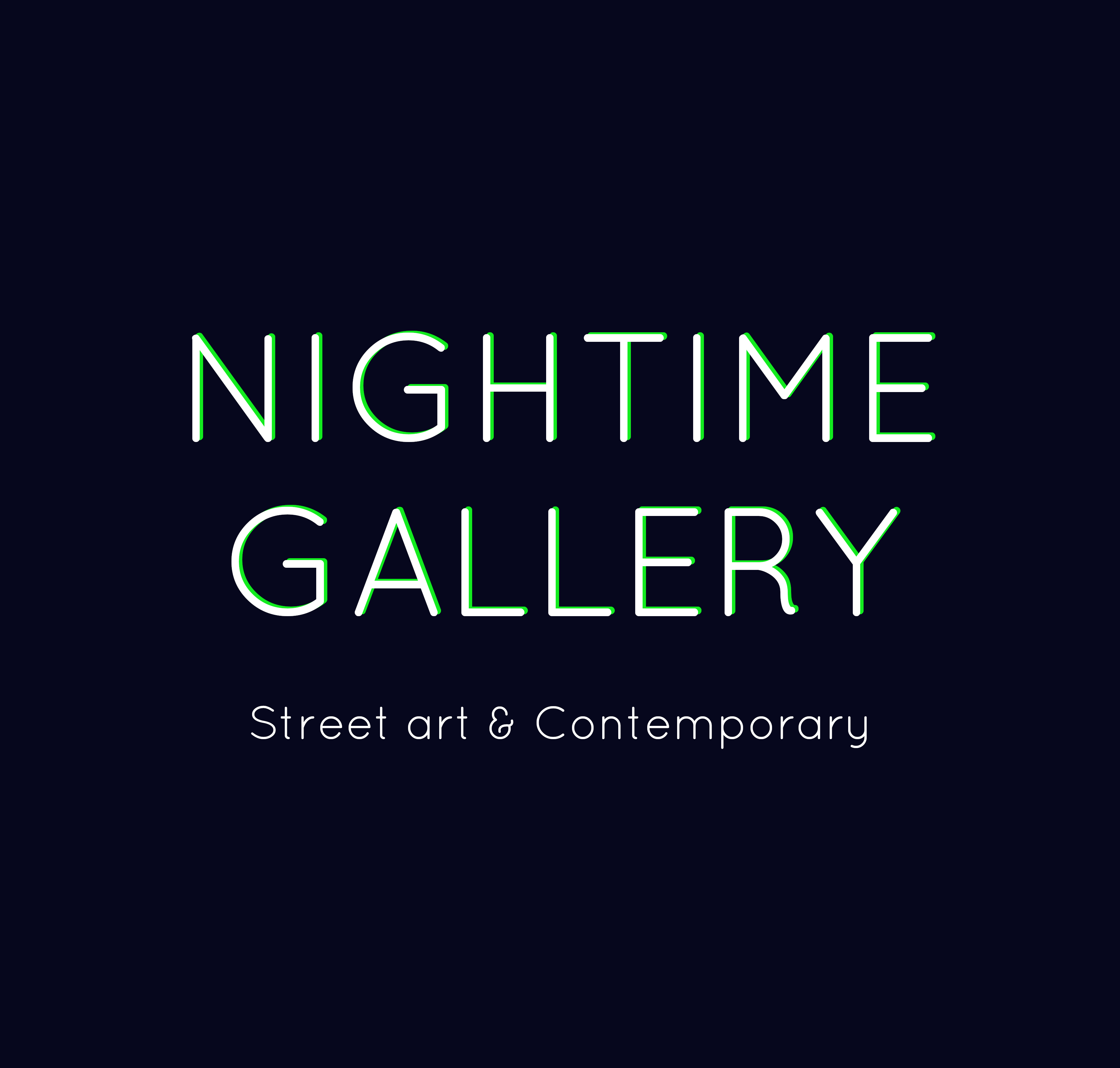The epic of Street art
By Thomas BettencourtHere are a few lines on the origins of street art, its evolution and the current situation:
- The Origins of Street Art: Street art originated in the 1960s and 1970s in the United States, driven by protest movements and hip-hop culture. The first graffiti were tags, stylized signatures that allowed artists to mark their territory and gain exposure. Tags evolved into more complex forms, such as throw-ups and wildstyles, which emphasized lettering and color. Graffiti artists also began to paint characters and scenes, creating murals that transformed urban spaces.
Example: The graffiti of Taki 183, a New York teenager who began tagging his name on the city's streets in 1969, is considered the first modern graffiti. The murals of Diego Rivera, Frida Kahlo and José Clemente Orozco, which were painted in Mexico in the 1920s and 1930s, also influenced the development of street art.
- The evolution of street art: In the 1980s and 1990s, street art diversified and gained recognition, thanks to artists such as Keith Haring, Jean-Michel Basquiat and Banksy. Techniques and media multiplied, ranging from stencils to mosaics, collages and installations. Street art became a means of political, social and cultural expression, and took over the streets all over the world. Street artists also began to work with galleries and museums, which helped legitimize the movement.
Example: Banksy's stencils, which criticize consumer society, politics and war, have become emblematic of protest street art. Space Invader's mosaics, which depict video game characters, are an example of the use of unconventional materials and techniques in street art.
- Street art today: Today, street art is a major artistic movement, attracting collectors and art lovers from all over the world. Street art works are exhibited in galleries and museums, and artists are invited to create monumental frescoes in cities. Street art is also a vector of economic and tourist development, and contributes to the enhancement of urban spaces. Street artists continue to innovate and explore new territories, using digital technologies, creating immersive installations and working with local communities.
Example: JR’s murals, which depict giant portraits of anonymous people, are an example of using street art to highlight the stories and identities of local communities. Felipe Pantone’s immersive installations, which use bright colors and geometric shapes, are an example of using digital technology in street art.

